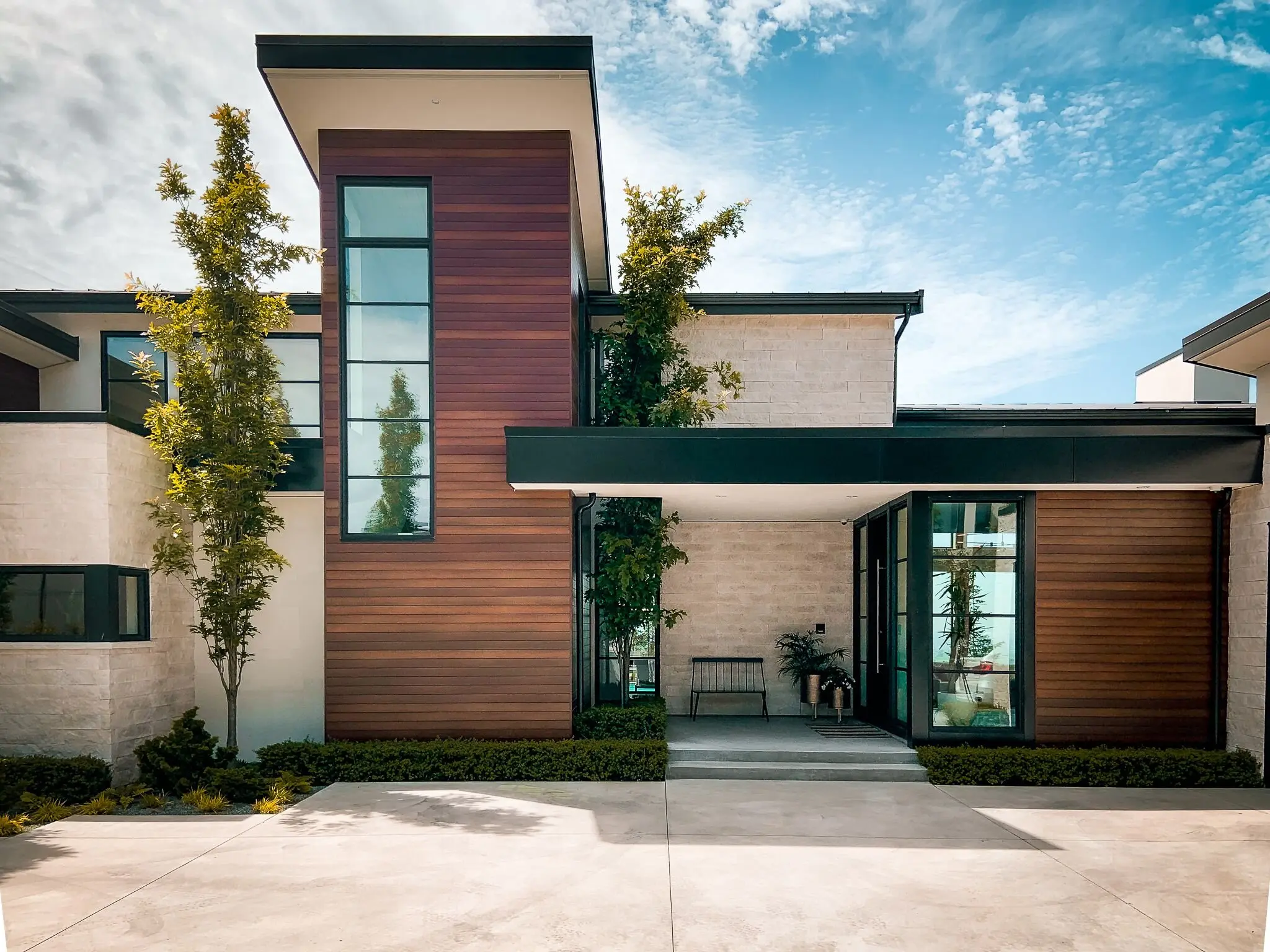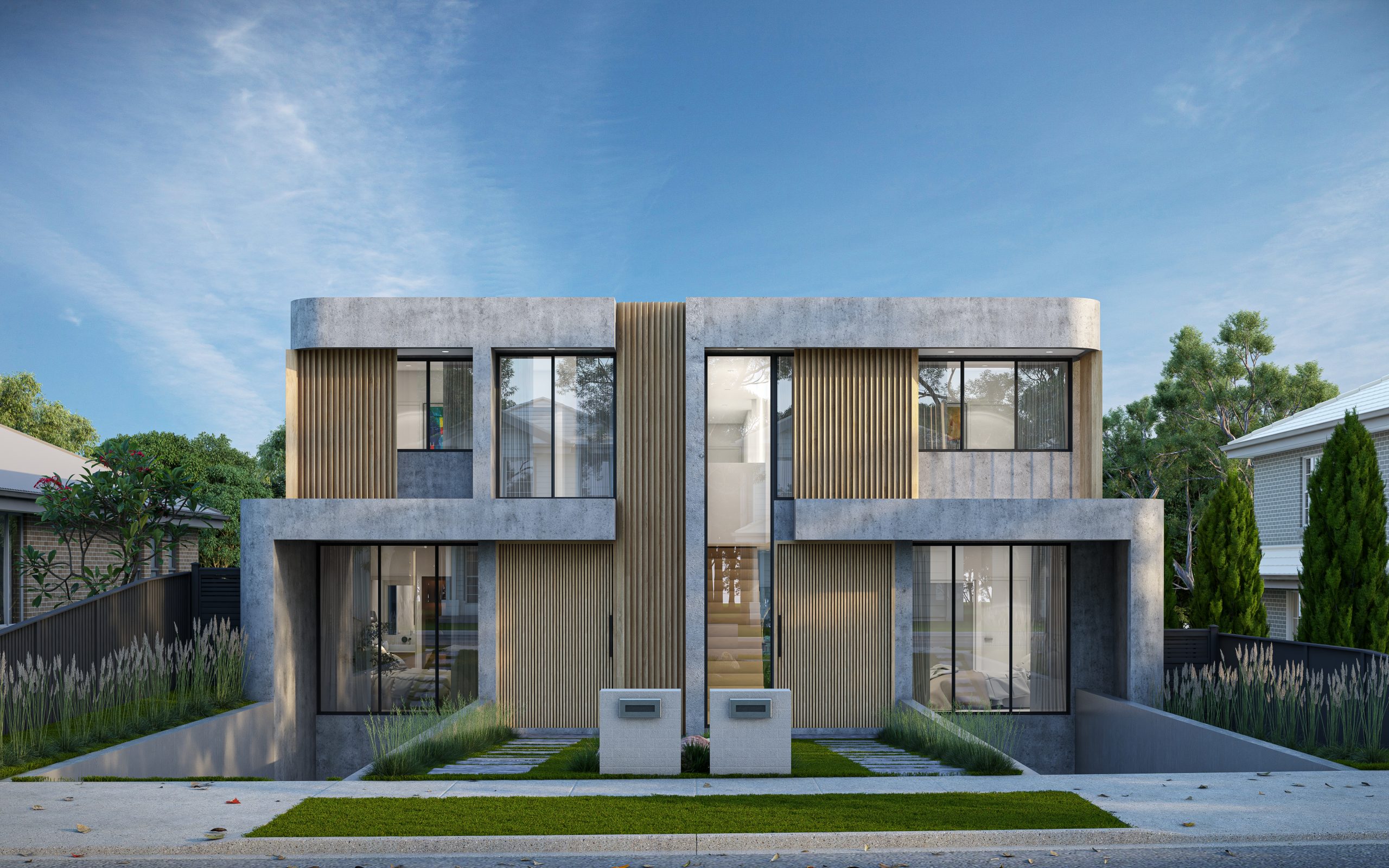Residential Architects: Creating Beautiful, Functional Spaces for Every Home
Residential Architects: Creating Beautiful, Functional Spaces for Every Home
Blog Article
Leading Trends in Residential Design You Need To Learn About
As household architecture remains to progress, numerous engaging fads are shaping the way we create and populate our living rooms. Key developments such as sustainable building methods, the combination of wise home modern technology, and the surge of modular homes emphasize a significant shift in the direction of both functionality and environmental responsibility. Additionally, concepts like open plan living and biophilic design are redefining our communication with room and nature. Recognizing these fads not just educates layout selections yet likewise exposes wider ramifications for way of life and community - residential house architect. What might these innovations mean for the future of residential living?
Sustainable Structure Practices
A boosting number of residential jobs are embracing lasting building practices, driven by an expanding awareness of ecological impact and power effectiveness. This change is defined by the integration of environmentally friendly products, energy-efficient designs, and cutting-edge building methods. Building contractors and house owners are increasingly prioritizing making use of renewable energies, such as bamboo and recycled steels, which not only minimize the carbon impact yet also boost the longevity and aesthetic allure of residential properties.
Including energy-efficient systems is one more essential facet of lasting building - residential house architect. Features such as high-performance insulation, energy-efficient windows, and solar panels are becoming requirement in brand-new household designs. These aspects not just contribute to reduced power usage but additionally give significant lasting cost savings for house owners
In addition, the design of sustainable homes frequently highlights natural light and ventilation, lowering the reliance on artificial lighting and climate control systems. Landscaping methods, such as xeriscaping, more promote sustainability by decreasing water use.
As the demand for sustainable living options proceeds to climb, the property style industry is positioned to innovate and adapt, guaranteeing that future homes are not just ecologically responsible yet additionally comfy and functional for their owners. - residential house architect
Smart Home Modern Technology
Smart home technology is reinventing the means property owners engage with their living rooms, improving power, convenience, and protection administration. This ingenious approach integrates various tools and systems, allowing users to regulate their homes from another location or through automated processes. Central to this pattern is making use of wise gadgets such as thermostats, illumination, security cameras, and devices, all attached through the Net of Things (IoT)
One of the most appealing attributes of clever home innovation is the capability to tailor settings for optimum energy efficiency. Home owners can keep an eye on power usage and adjust air conditioning, heating, and lighting based on their routines, substantially lowering energy expenses. Innovative protection systems furnished with clever locks and surveillance cams give tranquility of mind, enabling remote surveillance and informs to potential security violations.
Integration with voice-activated aides improves customer experience, permitting home owners to regulate devices with simple voice commands. As modern technology continues to progress, the possibility for smart home systems to enhance lifestyle expands, making them a necessary consideration in contemporary residential design. Eventually, clever home innovation is not merely a fad but a fundamental change toward a lot more intelligent living environments.
Open Idea Living
Open up concept living has actually become a specifying feature in contemporary residential design, characterized by the removal of typical barriers between spaces. This style ideology promotes fluidity and connection within the home, enabling a smooth transition in between areas such as the cooking area, dining, and living spaces. By removing walls and dividings, open idea layouts develop a sense of space, fostering a welcoming atmosphere that improves social communication.

Moreover, this method to property style lines up with minimalism, focusing on useful simpleness and aesthetic comprehensibility. Property owners appreciate the flexibility of these formats, which can be conveniently adapted to reflect personal design through furniture arrangement and decor. As open principle living remains to acquire traction, it continues to be a testament sites to progressing family members dynamics and the desire for homes that improve link and convenience.
Biophilic Style
Biophilic design has come to be increasingly considerable in residential architecture, stressing the innate link between human beings and nature. This style philosophy seeks to incorporate natural elements right into living spaces, consequently cultivating a sense of wellness and enhancing the top quality of life for occupants. By incorporating attributes such as all-natural light, plant life, and organic materials, biophilic style advertises an unified relationship in between indoor atmospheres and the environment.
Secret elements of biophilic style include big home windows that provide unobstructed views of outdoor landscapes, living walls that introduce greenery right into insides, and open layout that urge air movement and all-natural light penetration. Water features, both inside and outside the home, serve to develop comforting atmospheres and improve sensory experiences.
Moreover, the use of lasting products not only sustains environmental stewardship yet additionally adds to healthier indoor air high quality. As understanding of environmental issues rises, home owners are increasingly focusing on layouts that mirror their link to nature. Essentially, biophilic design not only elevates visual charm but likewise addresses emotional and emotional demands, making it a crucial pattern in contemporary household style.
Modular and Prefab Homes

Moreover, modular and prefab homes are designed with sustainability in mind. Many manufacturers utilize energy-efficient systems and eco-friendly materials, such as photovoltaic panels and progressed insulation methods, adding to reduced power intake and reduced utility bills for homeowners. The adaptability of style choices permits for customization, dealing with varied aesthetic choices and useful needs.
As the demand for inexpensive real estate proceeds to rise, prefab and modular homes provide a viable remedy, attending to both economic and environmental difficulties. Communities are significantly recognizing the possibility of these structures, incorporating them into country and urban setups. In general, the fad toward prefab and modular homes signifies a change towards a lot more lasting, effective, and versatile see living environments, making them an essential aspect of contemporary household architecture.
Verdict
In conclusion, the progressing landscape of residential design showcases substantial trends that prioritize wellness, modern technology, and sustainability. Sustainable building methods and wise home modern technologies boost efficiency and benefit, while open idea living and biophilic style foster social communication and a link to nature. The rise of modular and prefab homes provides customizable and budget-friendly options, showing a wider shift towards functional and responsible living. These fads jointly highlight a commitment to creating cutting-edge and unified property atmospheres.
Trick advancements such as lasting structure practices, the assimilation of smart home modern technology, and the increase of modular homes underscore a considerable shift in the direction of both functionality and ecological responsibility.The surge of modular and prefab homes has actually transformed the household architecture landscape, supplying innovative remedies for efficient and lasting living.Moreover, modular and prefab homes are designed with sustainability in mind. Generally, the fad toward prefab and modular homes signifies a shift towards more sustainable, reliable, and adaptable living atmospheres, making them a crucial aspect of contemporary property architecture.
Sustainable building techniques and smart home technologies improve performance and convenience, while open idea living and biophilic style foster social communication and a link to nature.
Report this page